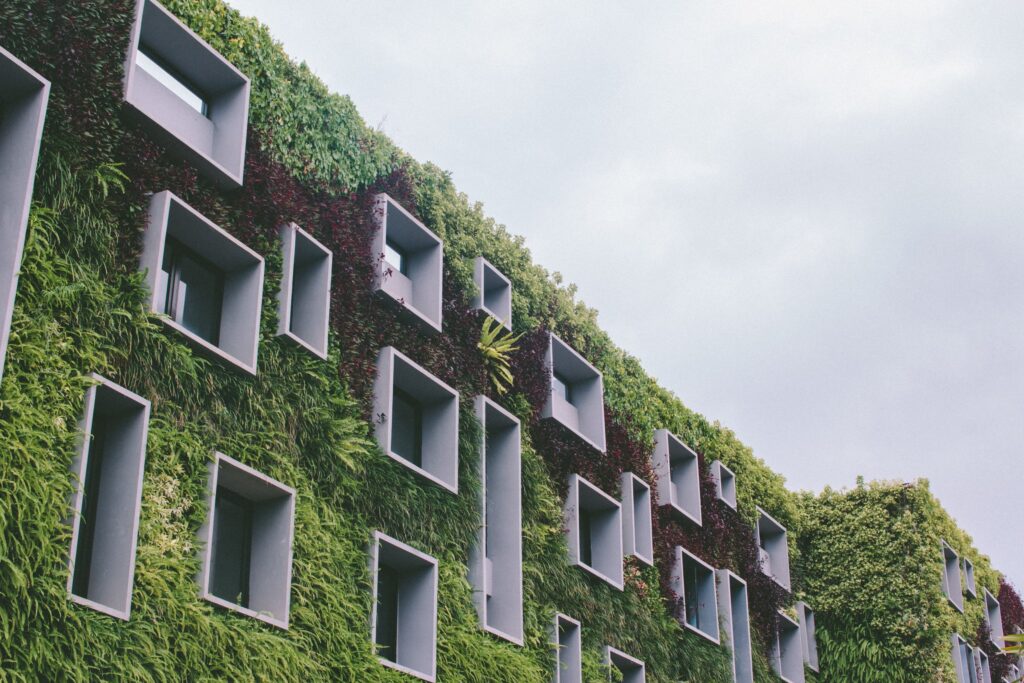
In addition to meeting the energy efficiency requirements for minimum EPC standards, there are several other compelling reasons to make your rental properties more sustainable.
Even if environmental benefits aren’t a primary motivator, evidence suggests that “greener” homes are more appealing to potential tenants. This is particularly true for those under 40, with up to 50% of them seeking more sustainable homes, according to a Eurocel survey.
Climate change concerns resonate strongly with this age group, many of whom will spend a significant portion of their lives in rented accommodation—research shows that up to one-third may rent for life. So, the benefits of making your properties more sustainable are clear.
However, improving sustainability can be more challenging for older properties, which often require more extensive work.
Older homes tend to have more escape routes for warm air, making them less energy-efficient. Common issues include:
These issues not only cause heat loss but also lead to tenants needing to keep the heating on longer to maintain comfort.
Approximately 20% of a home’s heat is lost through the roof, and 10% through the floor. Modern insulation can address roof leaks, while replacing or sealing older floors helps reduce heat loss through the ground. Double glazing is essential, and if you want to take it a step further, consider upgrading to triple glazing.
When upgrading heating systems, solar panels are a popular but still somewhat expensive option (though their cost has decreased by over 50% in recent years). Solar panels not only enhance sustainability but also lower energy bills.
Another option is heat pumps, which can be either ground-sourced or air-sourced and typically cost around £6,000. They are energy-efficient but may not be suitable for every property.
A lesser-known but promising alternative is hydrogen boilers. These carbon-neutral systems can be installed with minimal disruption, offering an energy-efficient heating solution using existing energy distribution methods.
Sustainability isn’t just about the building’s structure; the fixtures and appliances inside also play a crucial role. Eco-friendly white goods can significantly reduce both the carbon footprint and electricity bills.
Additionally, reducing water usage is a key factor often overlooked. Consider installing water-saving bathroom fittings, such as eco-showerheads or dual-flush toilets, which can save 40%-50% more water.
To truly support sustainability, consider enhancing your outdoor spaces as well. Work with the local authority to ensure adequate recycling bins are provided, and offer composting options for tenants in garden areas. Small touches like these can make a significant impact on your tenants’ ability to live sustainably.
An expert will get in touch with you.
You can find us here
Copyright © 2025 Improve EPC